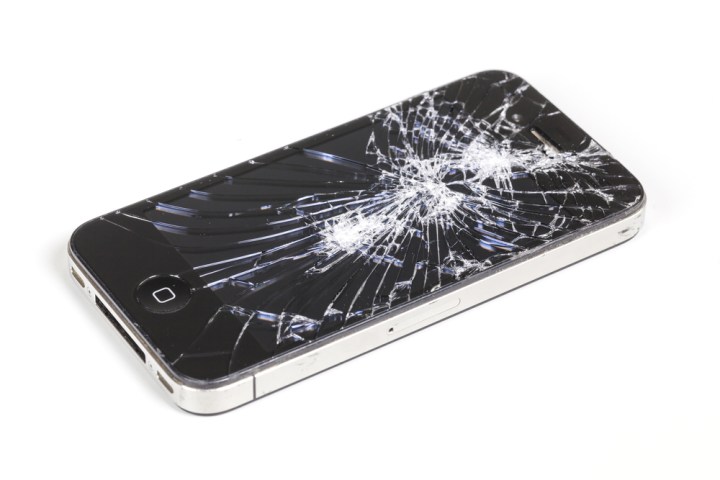
We’re all hopeful that one day manufacturers will be able to offer shatterproof glass, but Apple has another plan that seems crazy, but it just might be what the doctor ordered.
A new patent from the Cupertino company reveals a new kind of screen protector. Published yesterday at the U.S Patent and Trademark Office (USPTO), it’s titled, “Active screen protection for electronic device.”
The patent consists of multiple screen protectors that sit above the main screen, and are moveable between an extended and retracted position. It also includes a method for sensing when the device has been dropped and is in danger of damage.

In normal circumstances, the screen protectors would be in the retracted position, but if the phone is dropped, a sensor would trigger them to extend rotationally. Once fully extended, the screen protectors would create a gap between themselves and the main display, thus protecting it from damage. The sensor will then be able to detect when the phone is no longer in danger and will trigger the screen protectors to retract.

Unfortunately there is no word on when Apple might implement this technology on the iPhone. Patents are sometimes never even utilized because technology can change during the patent approval process. This patent was originally filed in early 2014, so it’s unclear if Apple is still committed to this idea or has moved on to something else.
Editors' Recommendations
- Are you having iPhone alarm problems? A fix is coming soon
- This one Apple Fitness feature completely changed how I exercise
- An Apple insider just revealed how iOS 18’s AI features will work
- Why you should buy the iPhone 15 Pro instead of the iPhone 15 Pro Max
- iPhone SE 4: news, rumored price, release date, and more


